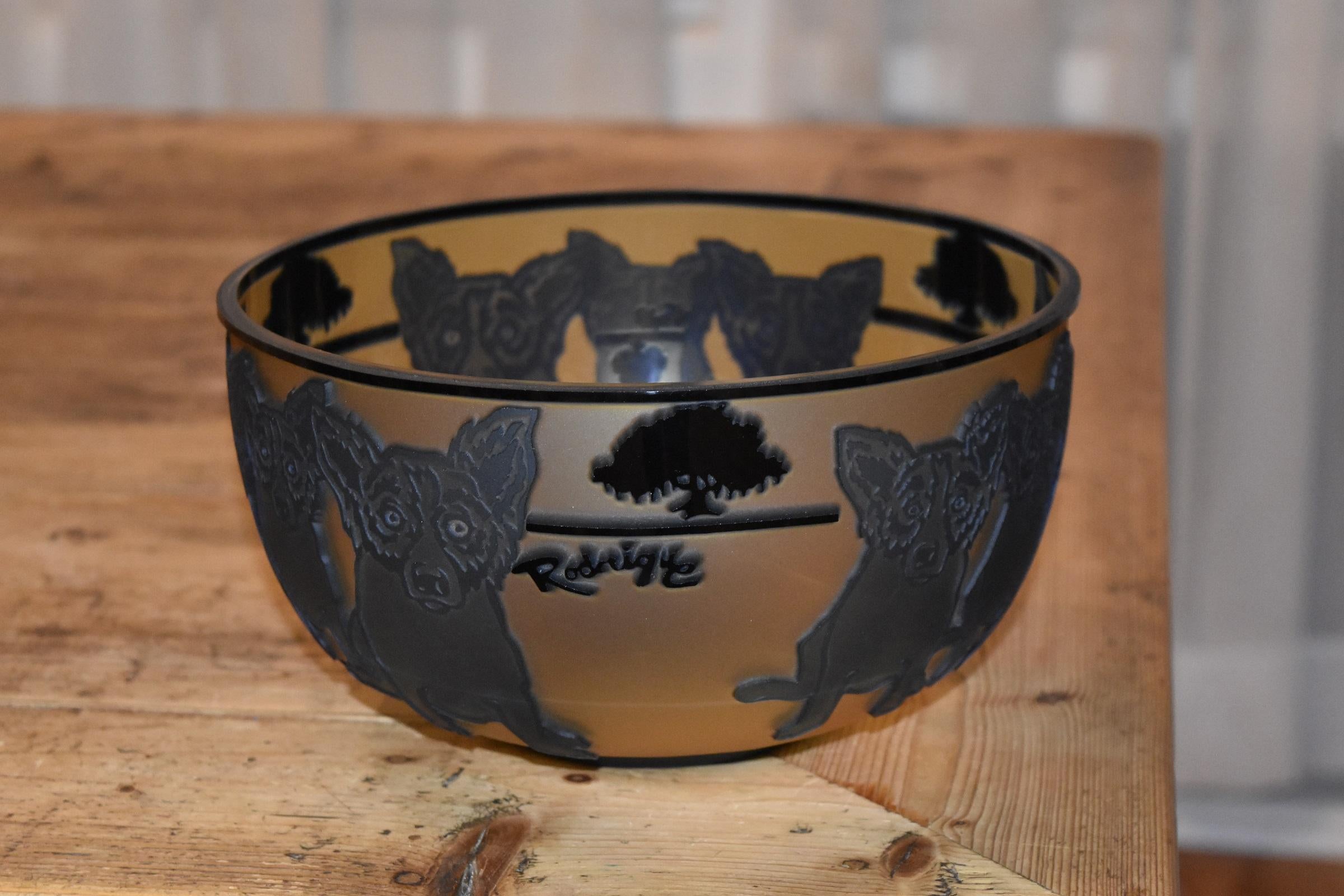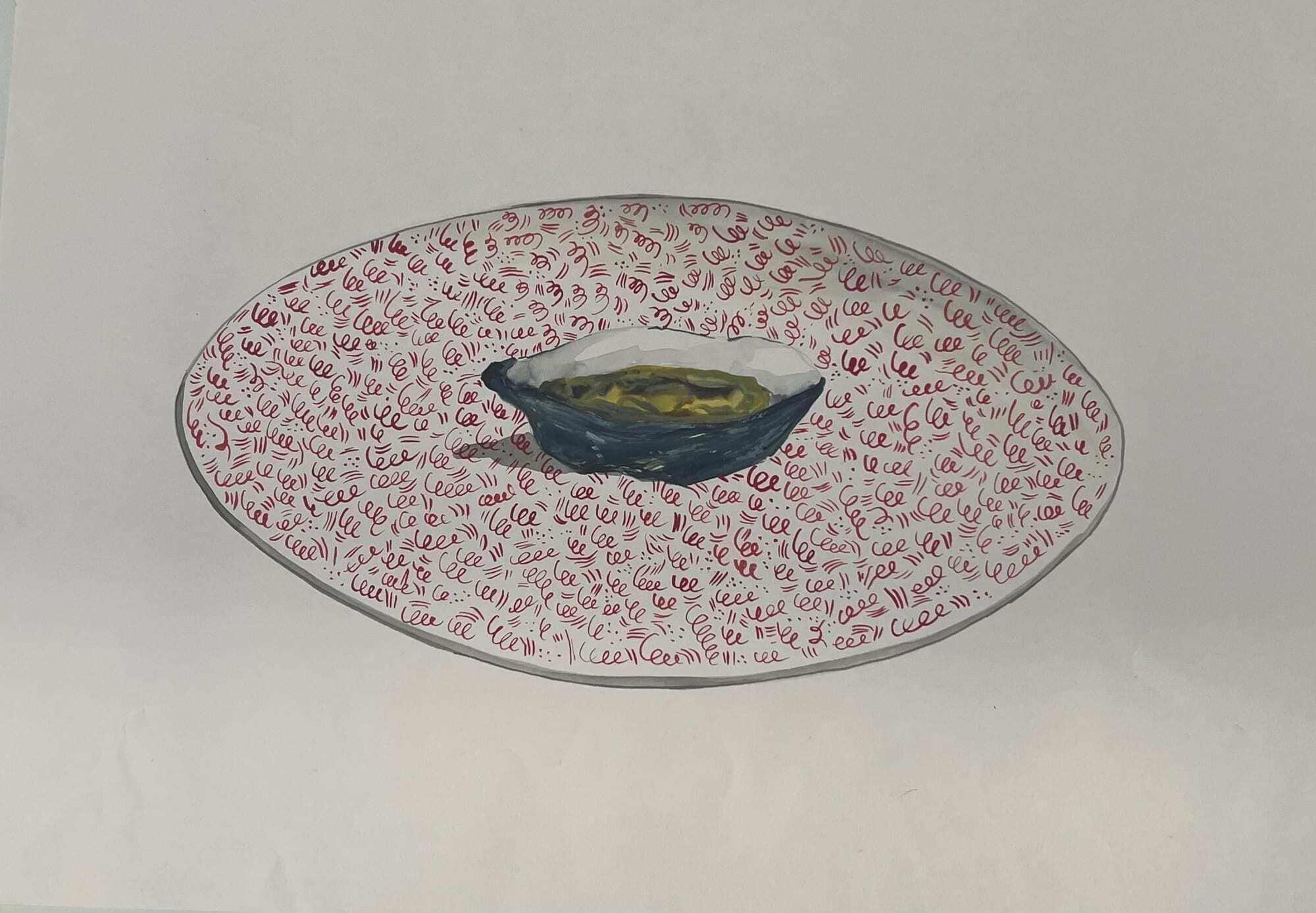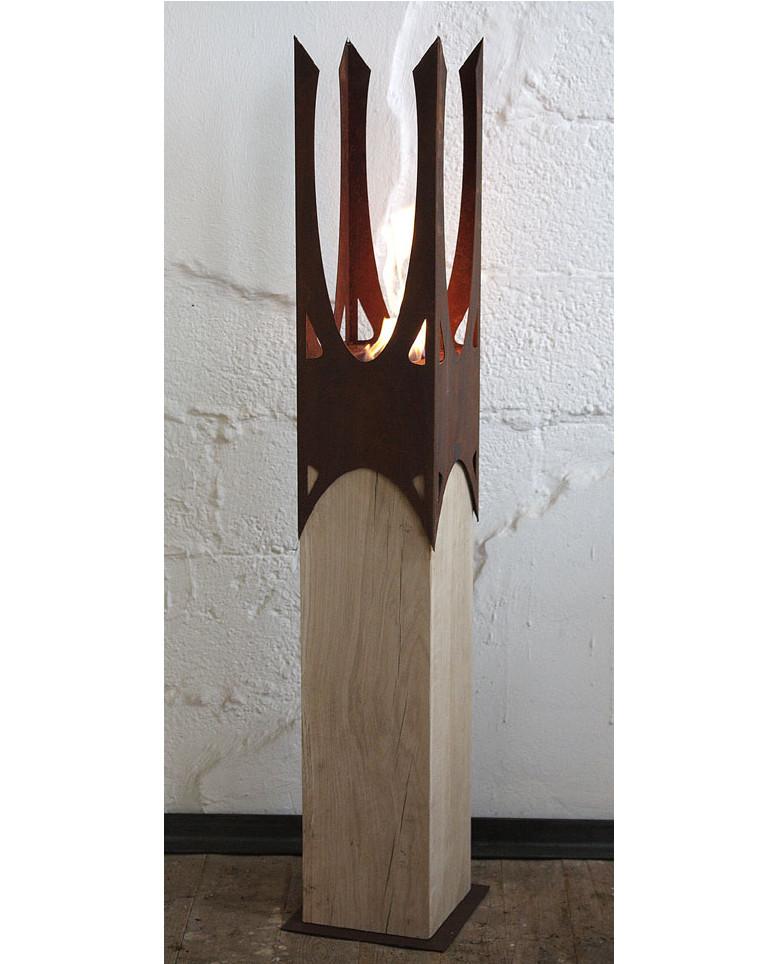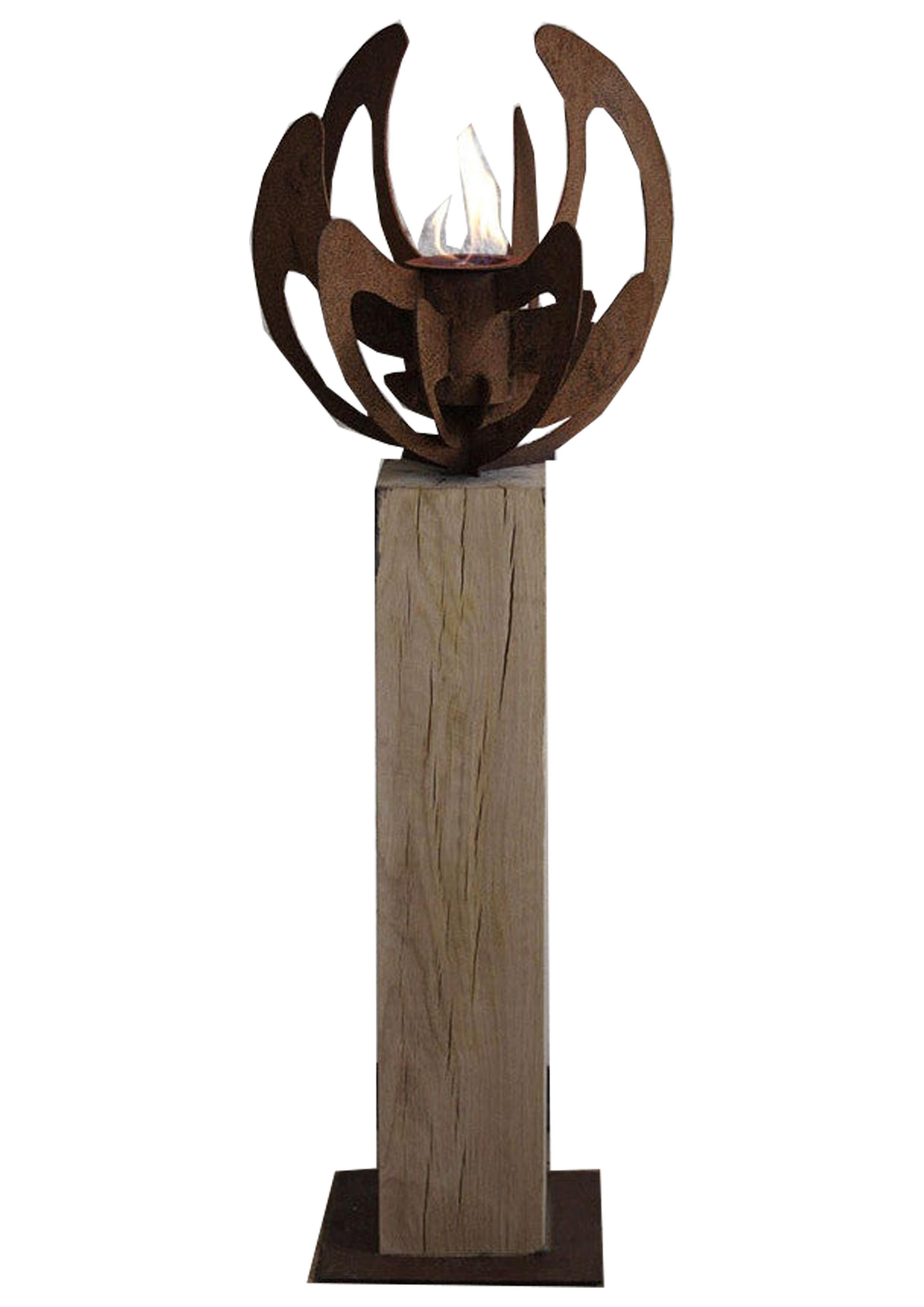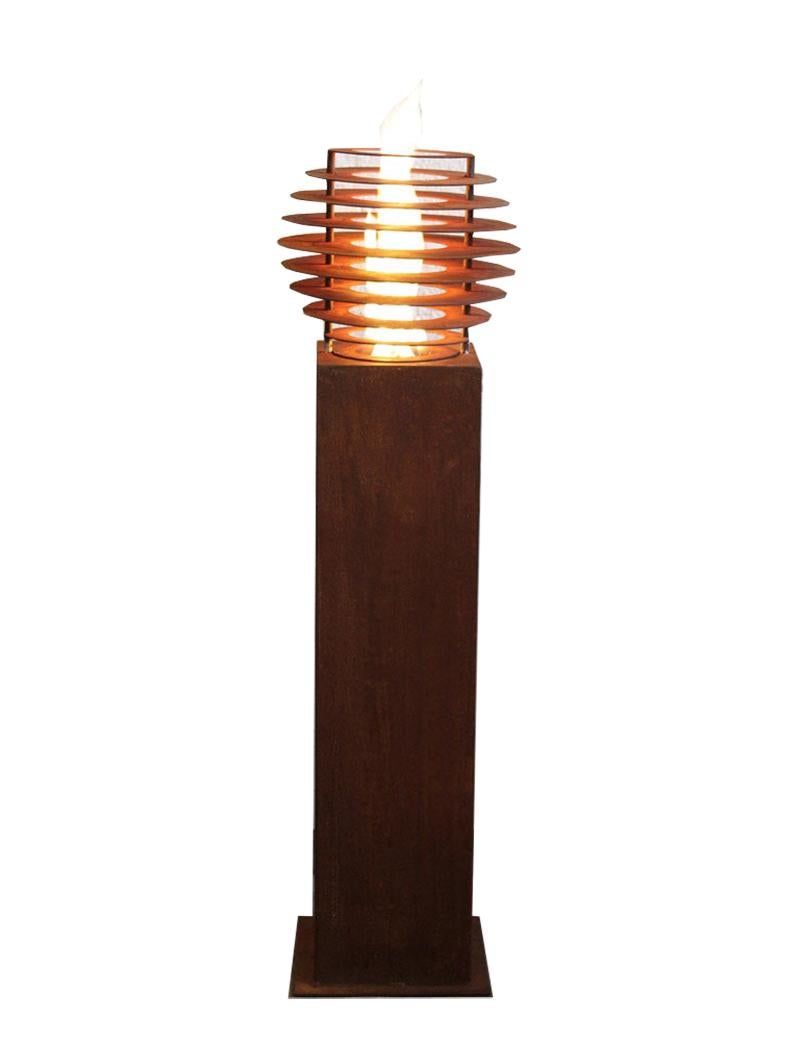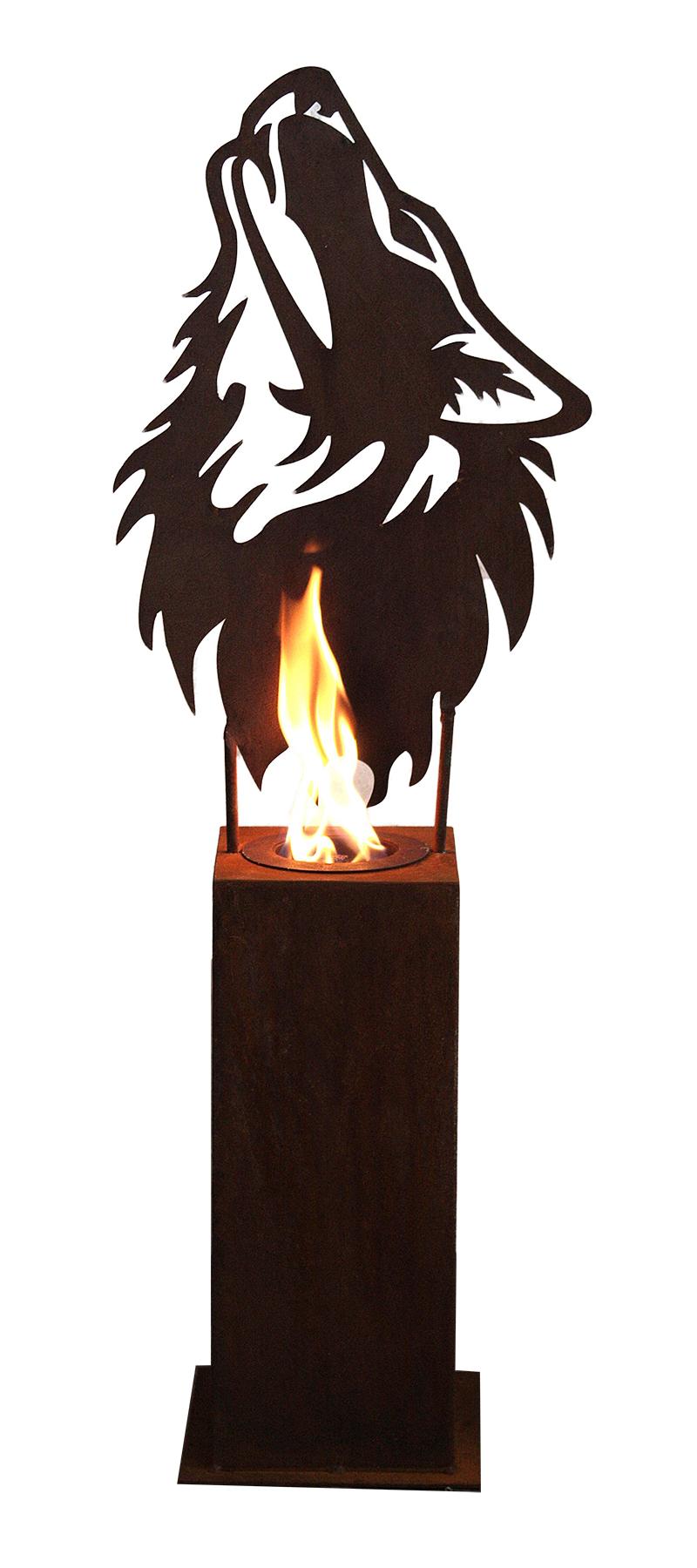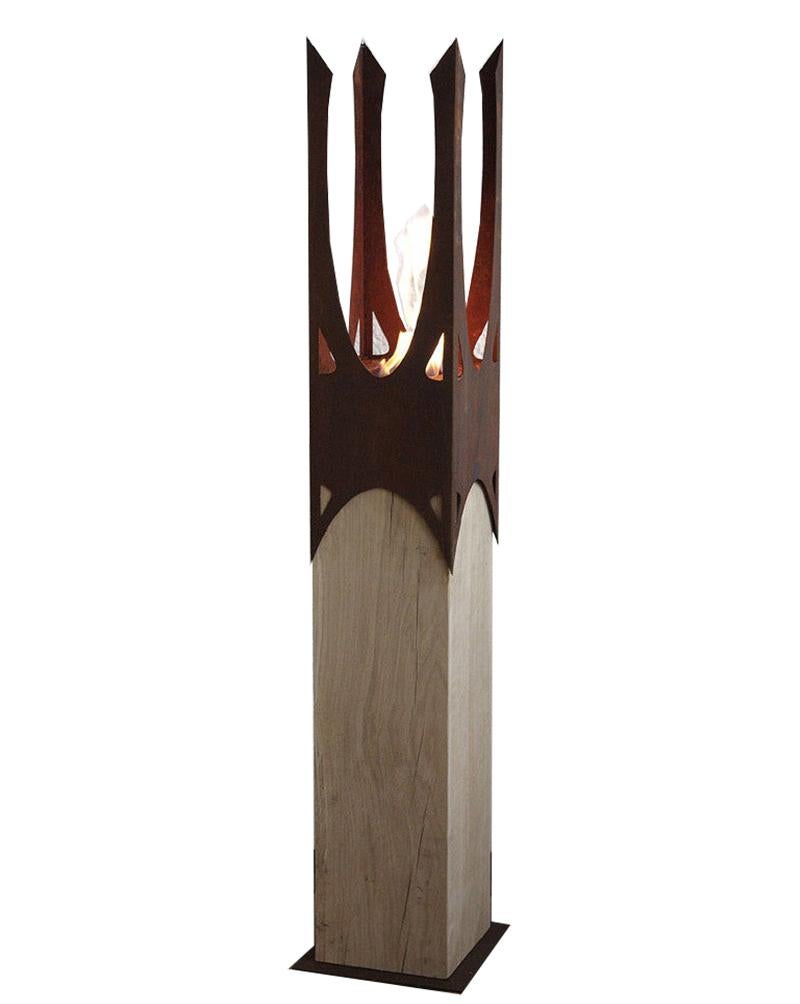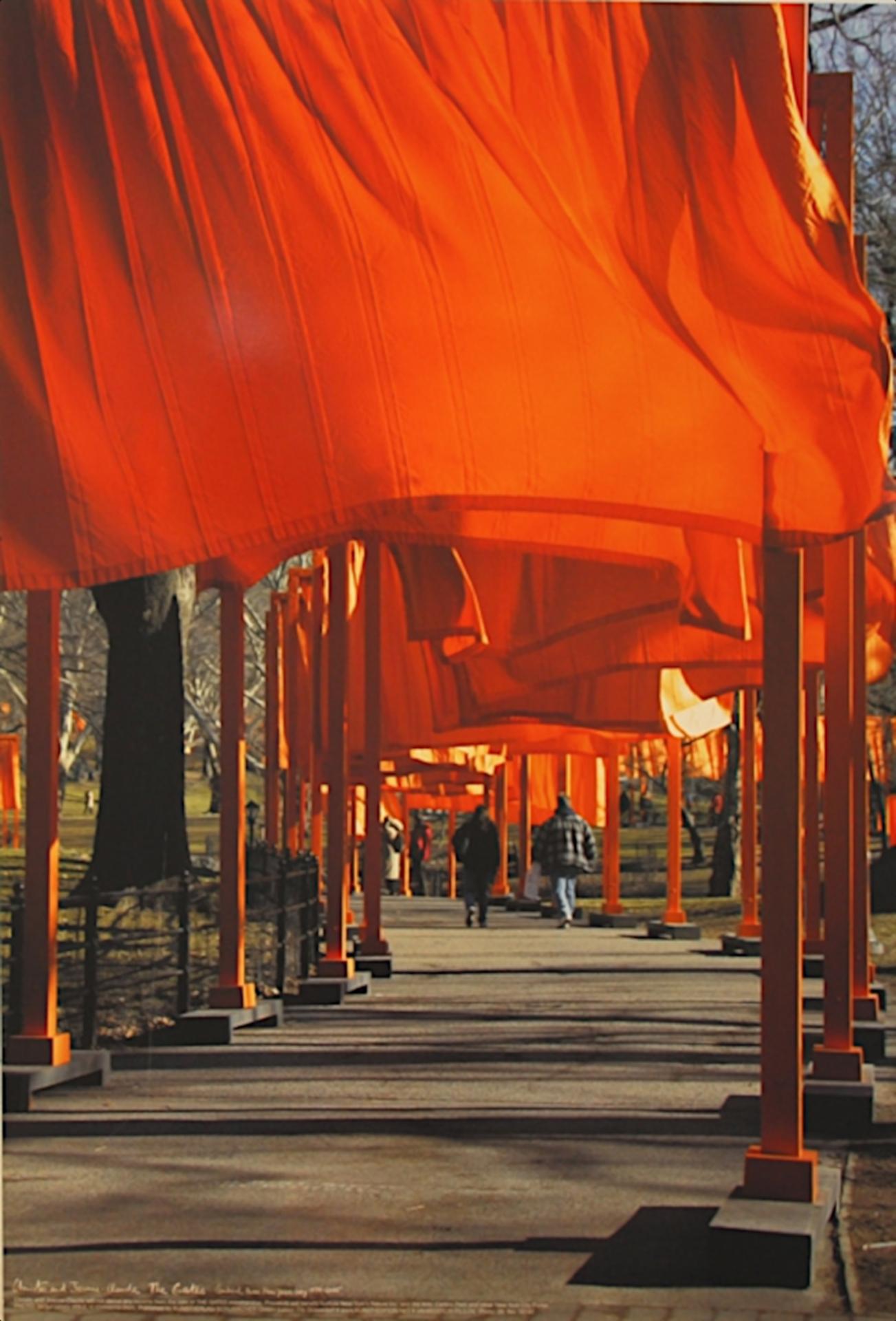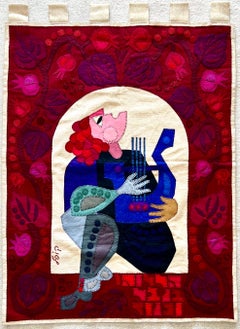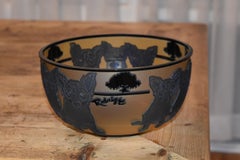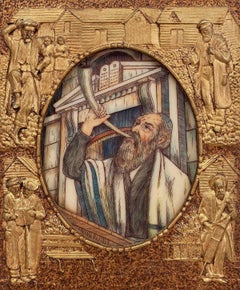
Rabbi Blowing the Shofar
View Similar Items
Want more images or videos?
Request additional images or videos from the seller
1 of 5
UnknownRabbi Blowing the Shofar
About the Item
- Dimensions:Height: 13.75 in (34.93 cm)Width: 11.5 in (29.21 cm)
- Period:
- Condition:
- Gallery Location:Surfside, FL
- Reference Number:1stDibs: LU3821929113
About the Seller
4.9
Platinum Seller
These expertly vetted sellers are 1stDibs' most experienced sellers and are rated highest by our customers.
Established in 1995
1stDibs seller since 2014
1,546 sales on 1stDibs
Typical response time: 1 hour
More From This SellerView All
- Masterpiece Swiss Contemporary Blown Matte Glass Sculpture VaseBy Thomas BlankLocated in Surfside, FLThomas Blank was born in Berne, Switzerland, in 1973. He is a master of transformation, who has been investigating the nature of glass for 20 years now, without losing his fascinatio...Category
21st Century and Contemporary Post-Modern Abstract Sculptures
MaterialsBlown Glass
- Wool Felt Applique Israeli Folk Art Signed Tapestry Kopel Gurwin Bezalel SchoolBy Kopel GurwinLocated in Surfside, FLThis depicts KIng David reciting Psalms, Hallelujah in Hebrew Kopel Gurwin (Hebrew: קופל גורבין) (1923–1990) was an Israeli tapestry wall hanging, painter and graphic artist. Kopel (Kopke') Gurwin (Gurwitz) was born and raised in Vilna, the capital of Lithuania. He spoke Yiddish at home, but simultaneously studied Hebrew at their school which was part of the Tarbut educational network. Kopel was active in the Hashomer Hatzair youth movement. In the 1930s, as a teenager, Kopel helped his parents with the home finances by working in a suit workshop, there he first encountered the art of sewing. With the outbreak of the Second World War and the German invasion of Vilna, the Jews were imprisoned in camps and ghettos. Kopel and his brother Moshe were separated from their parents and were put to work in coal mines and peat. Kopel's parents were taken to the Stutthof Nazi concentration camp where they died of typhus within a month of each other. Kopel's 12-year-old sister Chava was turned over to the Germans by a Polish family and murdered. The brothers were arrested by the Germans, but were saved thanks to the connections of Nina Gerstein, Kopel's drama teacher. They hid in an attic until they were discovered, fled and moved to Riga, where they were caught and sent to the Stutthof concentration camp where they were imprisoned until the end of the war. They were put to work maintaining and cleaning trains and took part in one of the death marches. In July 1946, Kopel and Moshe sailed to Helsingborg, Sweden, as part of operation "Folke Bernadotte", in which Sweden took in ill survivors for rehabilitation. Once he recovered, Kopel worked in a publishing house and later was appointed director of the local branch of the Halutz movement. In 1950 Kopel and Moshe made aliyah to Israel. Kopel worked as a survey for the Survey of Israel Company. In 1951, he enlisted to the Communication Corps and served as a military draftsman. There he won first prize for the design of the front cover of the Communication Corps bulletin. With his discharge from the army at 29 he started studying drawing and graphics at the Bezalel Academy of Arts and Design in Jerusalem. Among his teachers were Isidor Ascheim, Shlomo Vitkin, Yossi Stern and Jacob Steinhardt. At the end of his first year of study, Kopel won the Reuben and Sarah Lif Excellence Award in written studies. During his studies he also won additional prizes: In 1956 he won first prize from the Lethem Foundation in California for poster design. Later the same year, Kopel won the Hermann Struck prize for his drawing on the theme of Jerusalem. In 1957 he won an additional first prize from the Lethem Foundation and second place from the printing company Ortzel for a drawing for a Jewish New Year greeting card. In 1958 he won first prize in a competition to design a poster for Tel Aviv's jubilee. Two years later he won three other awards: First and third prize for designing a poster for Israel Independence Day, celebrating 12 years of the State of Israel. Also that year Kopel won first prize for a poster to mark the 25th Zionist Congress. In 1964 he entered the Independence Day poster competition on the theme of aliyah and won first and second prize. Four years later he again entered the competition on the theme of 20 years of Israel's independence and won first prize. The poster was styled like a Holy Ark curtain with two lions and a menorah at its centre. This poster appeared on the cover of the famous book Jewish Art and Civilization, edited by Geoffrey Wigoder as well as the record Voices of 20 Years, 1948-1968, edited by Yossi Godard. In April 1971 he won first prize in the Independence Day poster competition for the fourth time. Kopel's Folk Art tapestry won the Israeli Independence Day Poster Contest in 1968 With the completion of his studies at Bezalel Kopel moved to Tel Aviv and was hired by Shmuel Grundman's graphics and design studio. Grundman took him to Europe with him to design and supervise the construction of Israeli exhibition pavilions. During his time at Grundman's he discovered the fibrous felt from which he produced most of his wall hangings. At the 1964 Levant Fair exhibition he used felt stuck onto wooden panels for the first time. The first felt wall hanging that Kopel produced was intended for the American Cultural Centre in Jerusalem and its theme was the United States Declaration of Independence. The wall hanging, which measured 2.85 X 1.85 meters, was stuck on a wooden panel. Kopel ordered rolls of felt from France and began work on wall hangings based on bible stories. He used a needle, hand sewing small even stitches with black embroidery thread which framed and highlighted every detail in the work, as well as using appliqué. The interior designer, Alufa Koljer-Elem, introduced him to Ruth Dayan who managed the shop Maskit in September 1967 he opened his first solo exhibition at the Maskit 6 gallery, in which 12 wall hangings were displayed. In light of the exhibition at Maskit 6, Meira Gera, the director of artistic activity at the America-Israel Cultural Foundation, organized an additional exhibition of his works at the foundation's exhibition hall in New York City. The exhibition sparked immense press interest, and was also displayed for a few months at the New York Jewish Museum, from where it travelled throughout the United States. Followed by the exhibition at the Delson-Richter gallery in Old Jaffa, which was later also exhibited at the Jerusalem Theatre. Kopel's tapestry "The Time for Singing has Arrived" was printed on a UNICEF greeting card in 1978 and again in 1981. The Israeli Philatelic Service issued three stamps based on three of Kopel's holy ark curtains and one stamp based on an Independence Day poster he designed. Kopel's creations decorate a large number of synagogues, public buildings, hotels and private collections which were purchased in Israel and around the world. They have decorated, among others, the walls of the King David Hotel in Jerusalem, the VIP room at Ben Gurion Airport, the Kfar Saba theatre and the Plaza Hotel in Tel Aviv. Israel has had a Vibrant Folk Art, Naive art scene for a long time now artists like Israel Paldi, Nahum Guttman, Reuven Rubin had naive periods. The most well know of the strict naive artists are Shalom of Safed, David Sharir, Irene Awret, Gabriel Cohen, Natan Heber, Michael Falk and Kopel Gurwin. Exhibitions: 1995 The Knesset Jerusalem 1988 Temple Beth Shalom Miami, Florida 1988 University of Jewish Studies Los Angeles 1987 Israel Congregation on the Northern Coast Chicago 1985 Jerusalem Theatre Jerusalem 1984 Tenafly New Jersey 1983 Horace Richter Gallery Old Jaffa 1974 Jerusalem Theatre Jerusalem 1974 Delson Richter Gallery Old Jaffa 1972 University of Jewish Studies Miami, Florida 1971 Jewish Museum New York 1970 Norman Gallery Canada 1970 Sharei Tzedek Congregation Winnipeg, Canada 1970 Gallery of the Year Los Angeles 1970 Gallery of the Year Scottsdale 1969 Gleeman Gallery Chicago 1969 Israel Congregation of the Northern Coast Chicago 1967 Maskit 6 Tel Aviv Prizes: 1971 First Independence Day poster 1971, 23 yeaes of the State of Israel 1969 Second International Tel Aviv poster...Category
20th Century Folk Art Mixed Media
MaterialsWool, Felt
- Rare Antique Enamel Singer Sewing Machine Sign - HebrewLocated in Surfside, FLRare antique enamel Vintage Singer Sewing Machine advertisement Sign in Hebrew or Yiddish. Please see photos for condition. Rare early Je...Category
20th Century More Art
MaterialsEnamel
- Ceramic Plate by Master Art Forger David Stein after Pablo Picasso VallaurisLocated in Surfside, FLApres Pablo Picasso (bears a pseudo signature recto) Hand signed David Stein, dated 1979 verso. Figural painted porcelain or ceramic serving dish, oval form. Dimensions: 18" X 14 David Stein (born Henri Haddad, 1935, Alexandria, Egypt – died 1999, Bordeaux, France) was an artist (notorious art forger) who, until 1966, had been frequently sentenced for theft by the French courts before becoming an art forger and art dealer with 15 aliases. Stein often copied paintings in the style of the masters. For example, he studied Marc Chagall, Matisse, Braque, Paul Klee, Joan Miró, Pablo Picasso, Jean Cocteau and Rouault, in order to copy their color scheme and inspirations. In 1967 Marc Chagall notified authorities of forgeries of his work hanging in a New York gallery, and Stein was arrested. Art dealers refused to cooperate with the prosecution because it would have incriminated them and made their expertise in the art field questionable. Some art collectors refused to give up their paintings as evidence. Stein was convicted of six counts of art forgery and grand larceny. During his prison term, Joseph Stone, the judge who arrested him, brought him to his office to paint. He remained a good friend of the Stein family long after Stein completed his jail sentence. In 1989 he discovered that Stein never stopped making forgeries. After Stein had served his prison term in the United States, he was deported to France where he served another term. Prison authorities allowed him to make further paintings, although now using his own name. In 1969 a London gallery sold some of these paintings. After Stein was released, he returned to painting, this time selling his paintings under his own name to put a mask on his real activities. The book Three Picasso's Before Breakfast (Mémoirs of an Art Forger's Wife) by Anne Marie Stein as told to Georges Carpozi Jr (Hawthorn Book Inc) was written by David's life partner Anne-Marie about their experiences in the art world. In the mid 1980s director Gil Cates gave his agent Arthur Axelman at William Morris a copy of the book which had been written without Stein's involvement. Axelman set out to find Stein and after several years he located him in Manhattan. Stein became an Axelman client and friend. While deals at HBO and ABC did not lead to production of a film, Axelman introduced Stein to Keith Carradine and Alan Rudolph, director of the movie "The Moderns" with ultimately starred John Lone, Géraldine Chaplin, Keith Carradine and Linda Fiorentino. The film was set in the Paris of the '20s although filmed in Montreal. Stein appeared in the film as an art critic and provided all of the art. A minor concern was a scene where a painting in the style of Matisse and Modigliani was to be burned on camera and a Modigliani destroyed by knife. No one cared to destroy any of Stein's copies, "Just good for the camera" say Stein. but a William Morris assistant for agent Axelman suggested making large format copies of the works to be destroyed. Stein refused and during the scene actor John Lone destroyed the Paintings. Stein was living in France after his troubles with the US immigration who had told him to leave US territory in 1988. He met the French photo...Category
1970s Modern Figurative Sculptures
MaterialsEnamel
- Peace Mid-Century Modern Pop Art Enamel Painting Chaim Gross Modernist Ltd EdBy Chaim GrossLocated in Surfside, FLMod, Hippie era Peace art. Chaim Gross, born in Wolowa, Austria in 1904, was educated at the Beaux Arts Institute of Design and at the Art Student's League in New York. Chaim Gross's work was greatly influenced by his experiences during a period of international conflict, World War II. He had moved to Kolomyia from Wolowa to get a better education, but the Germans came to occupy, killing, raping, and looting. Gross and his family were chased from one village to the next. He wrote, "We were sleeping on roofs and in the fields, with the sound of cannon fire always in the distance,". Eventually, he ended up in Budapest with his two brothers, where Anti Semitism was not as severe, and that is where he began to sculpt and draw. He even had a few odd jobs there as a gold and silversmith. When he was seventeen, Gross immigrated to America where his older brother was. There he was a student and then a teacher at the Educational Alliance on the Lower East Side. Teaching became a big part of his philosophy, as he believed that an artist must pass on the knowledge which he had received from others in his artwork. He was part of an artist emigre community which included Raphael Soyer, Moses Soyer, Arnold Newman, Max Weber and David Burliuk. His daughter is the artist Mimi Grooms and his son in law was Red Grooms. Chaim Gross works reflect his Jewish and Austrian roots and his Hasidic Jewish upbringing. The figures in his art reflect the Hasidic spirit of being happy and making other people happy. In his pieces, Jews sing and dance in celebration of the Jewish Sabbath and festivals. They are shown rejoicing in the great gifts of love and life. Chaim Gross was honored with a number of prestigious awards including: the Award of Merit Medal from the National Institute of Arts and Letters in 1963, and the Gold Medal award from the National Academy of Design in 1985. He often used his creative abilities to explore and experiment with media. In his artwork he retains an optimistic philosophy, even when facing somber issues such as war, depression, and the Holocaust. He is in the collections of the Museum of Modern Art; the Metropolitan Museum of Art; the Whitney Museum of American Art; the Philadelphia Museum of Art; the Art Institute of Chicago; the Tel Aviv Museum of Art, Israel. And the EIN HAROD Museum's Holdings: Israeli art is represented by the works of Reuven Rubin, Zaritzky, Nahum Gutman, Mordechai Ardon, Aharon Kahana, Arie Lubin, Yehiel Shemi, Yosl Bergner and others. The graphic arts collection contains drawings and graphic works by Pissaro, Amedeo Modigliani, Jules Pascin, Marc Chagall (almost all of his graphic work), and numerous other artists. The sculpture collection includes works by Jewish sculptors from all over the world including leading Israeli sculptors; Ben Zvi, Lishansky, David Palombo, Yehiel Shemi, Aharon Bezalel and Igael Tumarkin. Many Jewish sculptors from all parts of the world, beginning with Mark Antokolsky, are represented in the collection. In the sculpture courtyard there are works by Chana Orloff, Jacob Epstein (the works he bequeathed to the Museum), Enrico Glicenstein, Loutchansky, Joseph Constant and Leon Indenbaum from Western Europe; Glid from Yugoslavia; William Zorach, Chaim Gross and Minna Harkavy from the United States; and most of the outstanding sculptors of Israel : Zeev Ben-Zvi, Lishansky, Ziffer, Rudi Lehmann, Dov Feigin, Sternschuss, David Palombo ( who executed the iron gate...Category
Mid-20th Century Modern More Art
MaterialsMetal
- Vintage Handwoven Tapestry Wool Folk Art Rug Weaving Wall Hanging Olga FischBy Olga FischLocated in Surfside, FLOlga Fisch ( American 1901-1990) Hummingbird and Pendant Flower, hand woven and stitched wool and sequins, signed lower right. Dimensions: 58 x 32 in. Olga Fisch was born in Hungary, studied in Germany and lived in Morocco and Ethiopia before receiving asylum as a Jewish refugee in Ecuador in 1939. For her Indian-inspired designs, Mrs. Fisch uses natural black and white sheep...Category
20th Century Folk Art More Art
MaterialsWool
You May Also Like
- Blue Murano Glass ChandelierLocated in Austin, TXBlue Murano Glass Chandelier 10 lights and 10 arms with hanging flowers and leaves.Category
20th Century More Art
MaterialsBlown Glass
Price Upon Request - Blue Dog Cameo Glass Decorative Bowl Rare Limited Edition "903056"By George RodrigueLocated in Mount Laurel, NJExceedingly Rare Cameo Glass "Blue Dog" Bowl, Designed by George Rodrigue (American/Louisiana, b. 1944), the underside bearing the etched item number "903056" along with the limited edition number "15/35" and dated 1994. h. 5", dia. 9". From 1993 to 1995, George Rodrigue worked with Kelsey Murphy...Category
1990s Pop Art More Art
MaterialsGlass
- Untitled (Oyster) By Nicolas PartyBy Nicolas PartyLocated in London, GBUntitled (Oyster) By Nicolas Party 2011 Nicholas Party is a contemporary Swiss-born artist celebrated for his distinctive and colorful works encompassing painting, sculpture, and ...Category
21st Century and Contemporary Contemporary Figurative Prints
MaterialsPaper
Price Upon Request - Oak Column & Garden Torch - "Nature Crown" - handmade art objectBy Stefan TralocLocated in Winterswijk, NLExtraordinary garden torch with one burner insert on an untreated oak spot. If the spot is set up outside, she develops a gray patina. The included burner already contains individua...Category
21st Century and Contemporary Art Deco Sculptures
MaterialsSteel
- Oak Column and Garden Torch - "Nature" round - handmade art objectBy Stefan TralocLocated in Winterswijk, NLExtraordinary garden torch with one burner insert on an untreated oak spot. If the spot is set up outside, she develops a gray patina. There are already individual lava stones in th...Category
21st Century and Contemporary Art Deco Sculptures
MaterialsSteel
- Steel Column and Garden Torch - "Ball" - handmade garden ornamentBy Stefan TralocLocated in Winterswijk, NLThis torch is the eye-catcher in your garden. Due to good air supply, you can very quickly light a beautiful fire. There are lavastones in the provided burner wich has to be filled w...Category
21st Century and Contemporary Art Deco Sculptures
MaterialsSteel
